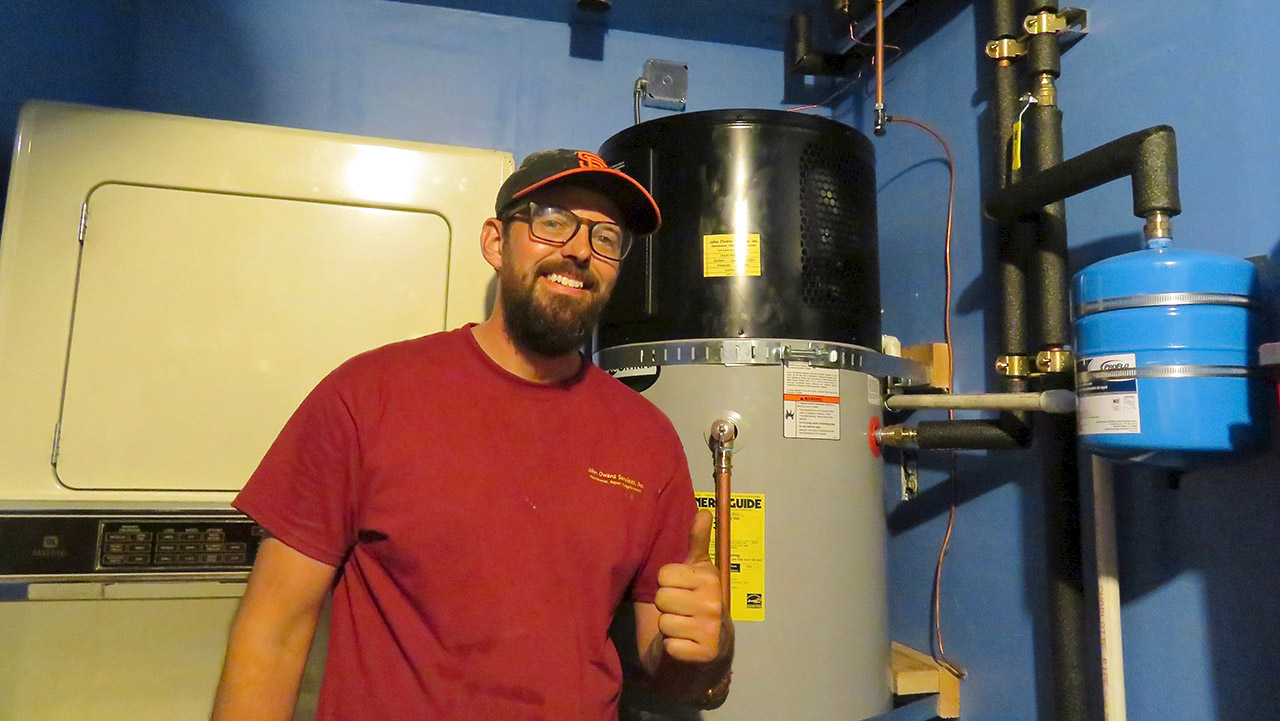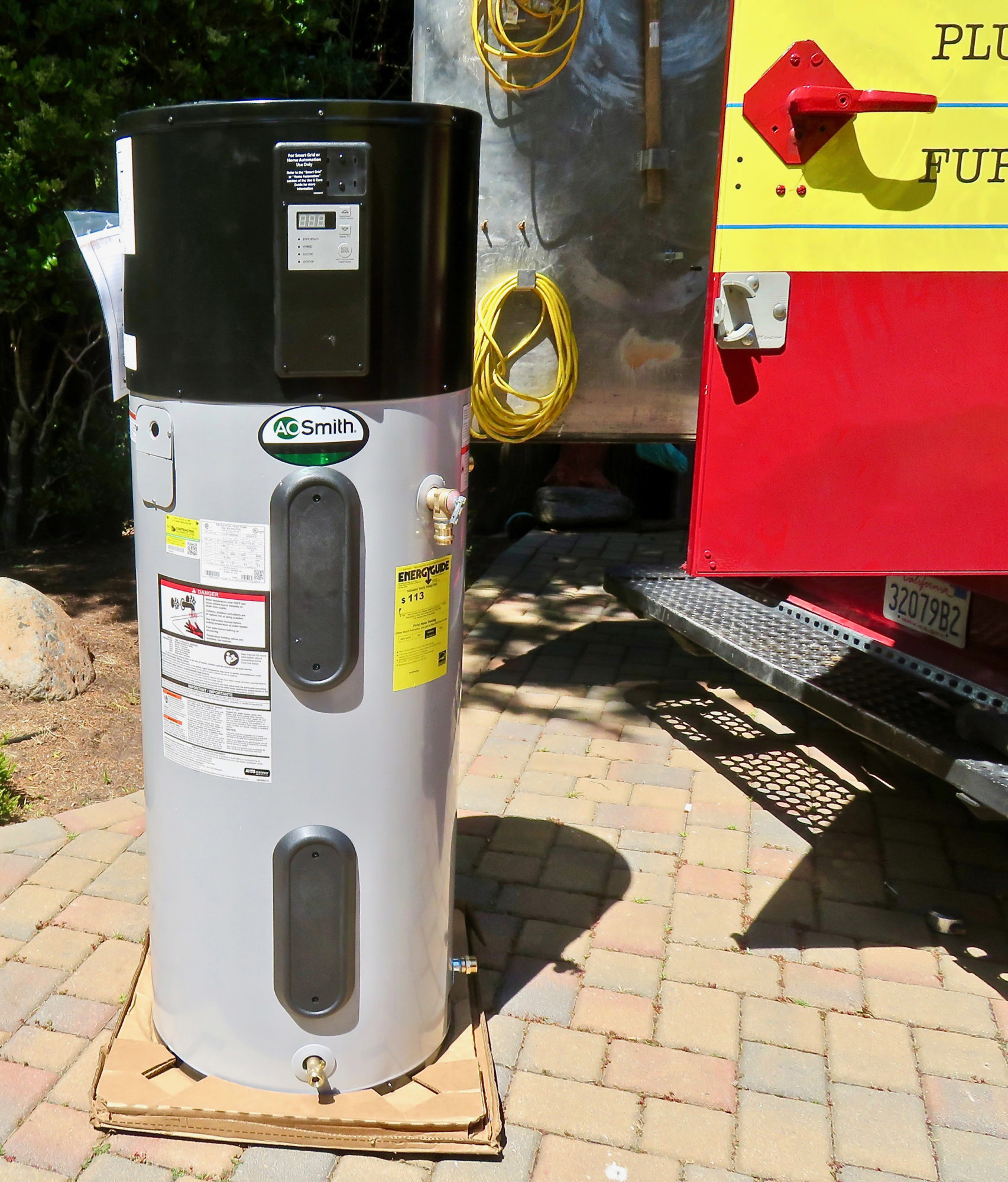
A year ago, the Energy Conservation and Optimization (ECO) Act of 2021 passed the Minnesota Legislature. A hard-fought piece of legislation that succeeded through dynamic and persistent collaboration, the ECO Act modernized Minnesota’s landmark energy efficiency framework for utilities, the so-named Conservation Improvement Program, or CIP. Fresh Energy focused on a few of the ECO Act’s biggest accomplishments last year, in anticipation of what was to come. Last autumn saw the Minnesota Department of Commerce, utilities, and advocates convening and setting guidance on how to interpret and implement the ECO Act. The first wave of activity came to an end this spring and involved a true cross-collaboration of multiple Fresh Energy staff and teams. Let’s look back at the four biggest things that have happened so far, and what’s still to come.
1. Investor-owned utilities proposed spending an additional $6.6 million in 2022 and 2023 on energy efficiency programs serving under-resourced households.

A major victory of the ECO Act was the significant increase in what investor-owned utilities (IOUs) – e.g. Xcel Energy, CenterPoint Energy, Minnesota Power, Minnesota Energy Resources Corporation, and Otter Tail Power – need to spend each year at a minimum on income-qualified or “low-income” energy efficiency programs. These programs benefit under-resourced customers by providing low or no-cost energy efficiency measures and services, but are under-funded when compared to the actual investments required to achieve under-resourced customers’ full energy savings potential.
While the ECO Act increase does not fully bridge this gap, it represents a strong step forward. Under the ECO Act, the electric IOU minimum spending requirement will double by 2022 and triple by 2024, with the gas IOU minimum spending requirement increased by 2.5 times in 2022. IOUs were required to file program modifications to their previously approved 2021-2023 CIP Triennial Plans at the Minnesota Department of Commerce in November 2021, detailing how they would meet the increased investment requirements. Approved earlier this year by the Department of Commerce, these program modifications ranged from the modest (like spending more to implement existing programs) to the bold (proposing new programs). Highlights from each IOU’s approved changes include:
- CenterPoint Energy will invest $3.2 million more in 2022 and 2023 combined on serving under-resourced households, including $880,000 on pre-weatherization measures (see below) across eligible programs and the state-run asbestos removal program. CenterPoint Energy will also propose a new and updated income-qualified program serving multifamily housing building (to be filed in the summer of 2022), in response to comments from Fresh Energy and partners Community Stabilization Project, Natural Resources Defense Council (NRDC), and National Housing Trust (NHT) asking CenterPoint Energy to reconsider its original proposal to send money to a state-run energy conservation account and instead find a way to leverage that investment in its own programs.
- Xcel Energy operates as both an electric and gas utility and submitted updates to both services. Across both gas and electric programs, Xcel will spend almost $3.1 million more over two years on its income-qualified programs now. More dollars will be spent on marketing and outreach efforts, particularly targeting customers who could benefit the most from energy-saving measures.
- Minnesota Energy Resources Corporation, which serves as the gas utility for communities across Minnesota, was already compliant with the updated spending requirement under the ECO Act, but still filed program modifications that, through expansion of new market-rate programs into “hybrid” programs that have a dedicated pathways to serving under-resourced customers, showed an increased investment of almost $250,000 over the current 2021-2023 triennium.
- Otter Tail Power, serves parts of western Minnesota and the Dakotas, and will spend an additional $170,000 over 2022 and next to build a dedicated income-qualified program within its existing Home Energy Reports program to better identify and respond to the needs of under-resourced households. This represents a 42% increase in two-year dedicated investment for under-resourced customers from before ECO Act passage to now.
Minnesota Power did not file a program modification, as its previously approved 2021-2023 CIP Triennial Plan was already in compliance with the higher ECO Act minimum spending requirement for income-qualified energy efficiency programs.
Overall, the ECO Act spurred additional investments over 2022 and 2023 for under-resourced households of more than $6.6 million.
2. Preliminary guidance on “fuel-switching” to incentivize efficient electrification was published

Before passage of ECO in 2021, utilities were prohibited from fuel switching via CIP. Ok, but what does that even mean? To back up a bit, the term “fuel switching” is pretty self-explanatory. It describes a utility program that enables customers to switch from one fuel type to another. For example, the act of switching from a gas- or propane-fired furnace to an electric heat pump for heating would be called fuel switching. Today, we talk about fuel switching as a means to accomplish strategic electrification.
Fuel switching was prohibited in the CIP program for one basic reason: the act of fuel switching would necessarily increase the energy sales of the utility providing the new fuel. For example, all else equal, an electric utility would sell more units of energy if it added customers (more specifically, customers’ electric load) via fuel switching. A customer who once relied on propane to heat their house and now switched to electricity would thus use more electricity than they had previously, regardless of whether their overall energy or emissions decreased because of the change. CIP had a single-minded focus on ensuring that utilities sold fewer units of energy and fuel switching did not have a place in that program. This approach had worked in the past, but today, with electrification being a major tool as we work to reduce carbon emissions, the prohibition on fuel switching was becoming a barrier to deeper decarbonization.
The ECO Act changed this outdated rule by allowing utilities to propose “efficient fuel-switching” projects in their CIP plans. The ECO Act, which is codified in Minn. Stat. § 216B.241, requires a proposal to meet certain criteria, including that it results in a net reduction to energy usage, reduces statewide greenhouse gas emissions, is cost-effective, and that it is installed and operated in harmony with the electric grid. Simple, right? Fresh Energy participated in the Minnesota Department of Commerce stakeholder process to develop guidance for efficient fuel-switching, which was released in March 2022. We are continuing to work with the Department, utilities, and other stakeholders to ensure that efficient fuel switching in CIP furthers the state’s energy and climate goals and that it promotes the deployment of electrification in our homes and businesses.
3. Pre-weatherization measures were defined through agile collaboration

The ECO Act allows utilities to spend up to 15 percent of the CIP funding designated for serving under-resourced customers on “pre-weatherization” measures. As we’ve outlined in an earlier post, “pre-weatherization” measures refer to actions and improvements required to a residence before other weatherization or energy efficiency solutions can be installed. This might include replacing “knob and tube” electrical wiring that poses a safety concern or removing vermiculite, a mineral used for older insulation that has been found to cause respiratory harm. Making these improvements not only allows residents to access energy efficiency options that can reduce their overall home energy costs but also increases the health and safety of homes. However, prior to the ECO Act, funding for “pre-weatherization” measures wasn’t typically available, leading to many customers residing in older homes, particularly under-resourced customers, unable to unlock deeper energy savings through weatherization or energy efficiency measures.
That’s changed with the ECO Act, and one of the first tasks for advocates, utilities, and the Minnesota Department of Commerce was to create a list of what could count as a “pre-weatherization” measure. With a starting list from CenterPoint Energy and a statutory deadline fast approaching, Fresh Energy turned to our housing and energy partners in Minnesota and the awesome resource of the Midwest Building Decarbonization Coalition for help. In a matter of days, advocates of all stripes from across the Midwest jumped in to brainstorm pre-weatherization measures. Fresh Energy submitted this list to the Department, which adopted it wholly in its decision order. A final list will be set through discussions with the Department of Commerce and interested parties later this year.
4. Multifamily buildings can more seamlessly qualify for efficiency programs serving under-resourced customers

The ECO Act directs the Minnesota Department of Commerce to convene interested parties to establish and update guidelines for the eligibility of multifamily buildings of five units or more to participate in energy efficiency programs serving under-resourced customers, with a goal to make participation more streamlined and less cumbersome. Additional review and updates must occur at least every five years thereafter, which will help establish clear benchmarks for evaluation to ensure that CIP programs continue to work for multifamily buildings—especially affordable multifamily buildings—in Minnesota.
Fresh Energy participated in the Department’s convenings along other housing and energy advocates and utility representatives. Overall supportive of the updates, Fresh Energy also submitted additional recommendations with Community Stabilization Project, Minnesota Housing Partnership, and NRDC in response to the final draft guidance published in February 2022 and finalized in March 2022.
Fresh Energy looks forward to seeing how these updates streamline and expand participation of multifamily-residing, under-resourced customers in utilities’ income-qualified energy programs. We will continue to identify ways to support multifamily building residents and owners in unlocking the benefits of energy conservation and electrification, the latter a topic we dove into last year in our blog on the Minnesota multifamily housing electrification report.
So, what’s next?
While the ECO Act ushered in the start of constructive conversations among utilities, the Minnesota Department of Commerce, and advocates on how to make sure our energy system is truly efficient, healthy, and equitable, much more remains ahead.
Fresh Energy staff, including Mari Ojeda, Joe Dammel, and Anjali Bains, will be continuing this work on efficiency and fuel switching in CIP in the coming months. We are currently part of the Department’s Cost-Effectiveness Advisory Committee that is working to modernize the cost-effectiveness tests used to shape utility efficiency and electrification programs. In addition, we are working with the Department and others to ensure that efficiency and electrification pilots can be proposed in utility Natural Gas Innovation Act plans in coordination with similar utility programs approved under CIP.
Beyond the ECO Act, Fresh Energy and its partners like CSP and NRDC, among many others, are working with the Department towards what an even more equitable energy efficiency program could like, particularly for renters and households who may not qualify for current income-qualified programs but would still benefit from tailored support on energy savings. Discussions have begun and will continue through the summer on how to incentivize utilities to invest even more on under-resourced customers, including renters, and achieve even deeper energy savings.
